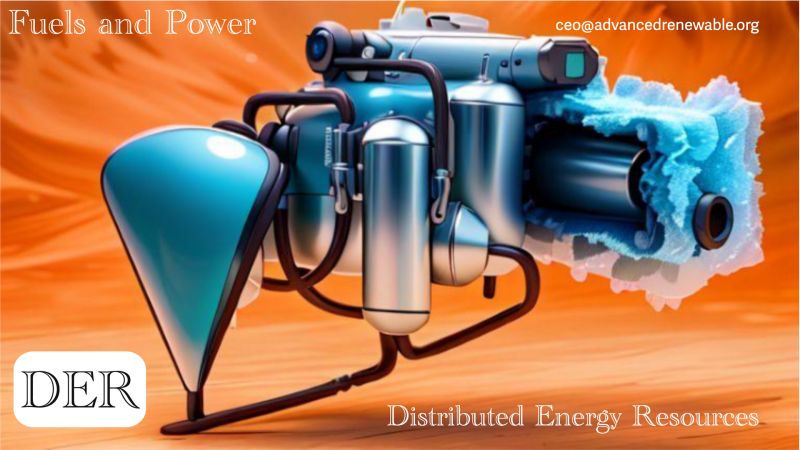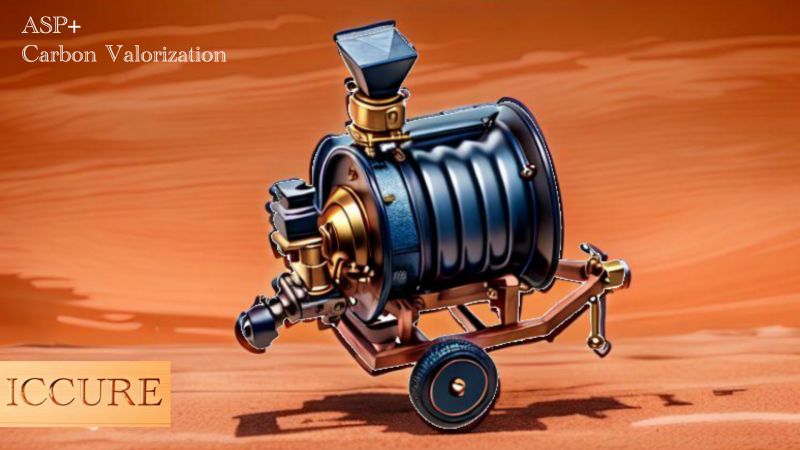Distributed Energy Resources for Fuels and Power
Advanced Renewable
Tue , 14 May 2024 12:54 WIB

The energy transition era will open up new opportunities in the energy procurement system, both fuel and electricity. The main driving factor is that energy sources are distributed and still limited in quantity, so their use must produce maximum energy.
The ideal solution for biomass energy is to process it into energy as close as possible to the biomass source, this is because of its bulky nature - large volume and small energy content. Apart from that, certain biomass such as waste has a large social impact if it has to be transported to other places.
Processing biomass into one product, generally only into electricity, is also less attractive economically. Every 1 kg of biomass roughly produces 1 kWh of electricity, while the price of 1 kWh of electricity is only around US$ 0.1/kWh. This means that per kg biomass must be obtained far below this price to make electricity feasible.
Other opportunities exist in liquid and gas fuels. On average, biomass contains around 50% carbon, every 3 kg of carbon can produce around 1 kg of liquid or gas fuel. This means that it takes around 6 kg of biomass to produce liquid or gas fuel. Because the price per kg of liquid or gas fuel is around US$ 1.2/kg, processing biomass into liquid or gas fuel is a little bit more attractive than processing it into electricity.
Because whether it becomes electricity or fuel, a lot of heat will be wasted, so ideally the solution is both. The main product targets are liquid or gas fuels, but a large amount of waste heat is converted into electricity using the Organic Rankine System (ORISYS).
ORiSYS can be configured in stages with up to 3 levels to capture waste heat from different temperature ranges. If each of stage only captures 15% of the existing waste heat and converts it into electricity, then the electricity produced by waste heat using ORISYS will be greater than if the full biomass is processed into electricity in a power generation system in general, even though electricity from ORISYS this is only from waste heat, while the main product is the fuel mentioned above.
The overall process of producing fuel and electricity from biomass can be part of what is called Distributed Energy Resources (DER), the result of which is that both fuel and electricity are integrated into a larger system - nationally for example, or it can also be to solve local energy needs as in industry, projects and communities on islands/remote areas.
The overall system is more or less like in the picture below, and this technology is also part of what we are presenting at the International Conference on Renewable Energy Gas Technology (REGATEC 2024) in Lund, Sweden this week.
Pos Lainnya
Start Where People Stop
May 14, 2024
ASP+ for Carbon Activation and Functionalization
May 14, 2024
Pasukan Penjaga Kebersihan
May 14, 2024
Introducing WTC Mobile Unit
May 14, 2024
Regenerative Biomethane Revolution
May 14, 2024
Kategori
Renewable Energy






Silakan mendaftar terlebih dahulu!
Untuk memposting komentar baru. Anda harus login terlebih dahulu. Masuk
Komentar
Tidak ada komentar